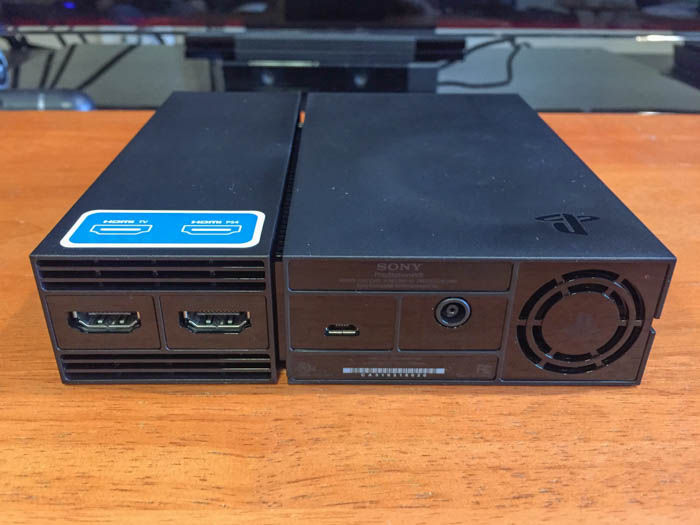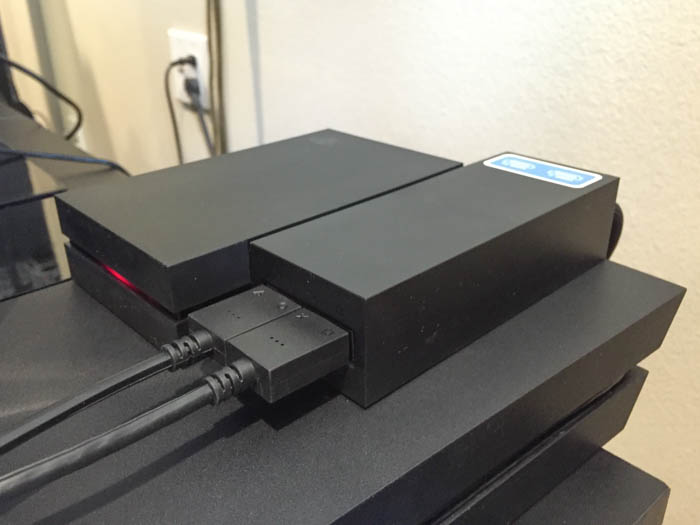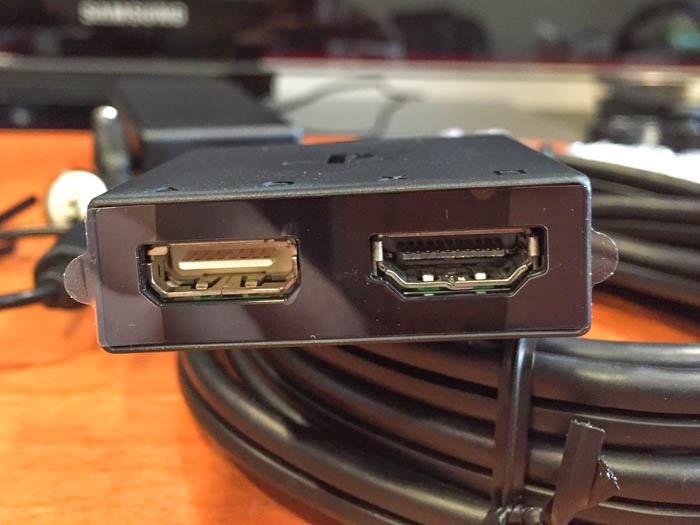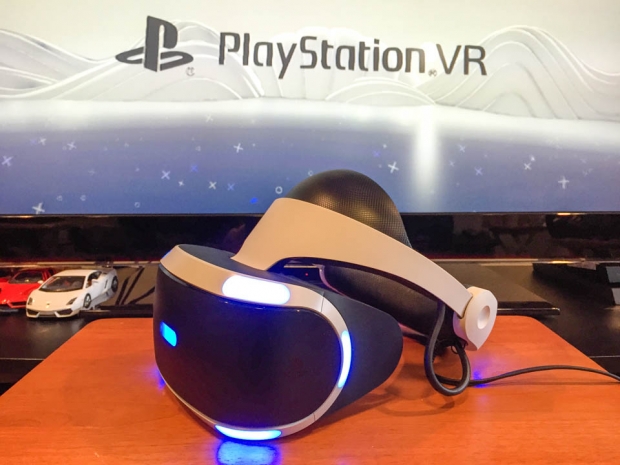Index
PlayStation VR processing unit specifications
When Sony originally released the PlayStation 4 in 2013, it was still planning the early development stages of its virtual reality platform that would eventually come to market three years later. As such, the existing PS4 and PS4 Slim consoles do not feature any hardware capable of processing 3D audio or a secondary display for simultaneous output to the VR headset and a television set.
Handles object-based 3D audio and secondary output to television
Although the processing box does not include an additional CPU or GPU and adds a small amount of living room bulkiness to Sony’s first-generation VR solution, it does contain some important functions necessary for a proper user experience. For one, the additional box handles the processing of object-based 3D audio, allowing users to experience multi-directional sound in their virtual environments in real-time. This feature is only available through the 3.5mm headphone jack on the headset itself. Secondly, it handles the ability to mirror a user’s virtual display onto the television set in a feature known as the “social screen” – a term for the television set that everyone else will be able to watch. The set can function in “mirror mode” by using an undistorted, cropped and scaled image of the right lens on the VR headset, or in “separate mode” that outputs a separate content stream playing in 720p at 30fps. The processing unit also handles display output when the headset is being used in cinematic mode.
The processing box measures 142 x 36 x 142mm (5.6 x 1.4 x 5.6 inches) and contains two HDMI ports on the front – one that receives input from the PlayStation 4 console and one that outputs to a user’s television. Once the processing box is installed in a home theater setup, it becomes the device that gets displayed in an HDMI-CEC chain for AV receivers or television sets capable of controlling multiple connected devices with a single remote. It will usually show up as “PlayStation VR” in an onscreen menu, but becomes synonymous with the console connected behind it. It also features a microUSB port on the back that connects to one of the two available USB ports on the front of the PS4 console for recognition by the system firmware.
PlayStation VR connects with a custom HDMI port (left) and a standard HDMI port (right)
One of the only tradeoffs required with using the PlayStation VR processing box is its lack of support for High Dynamic Range (HDR) passthrough over HDMI. For users with HDR-capable television sets who want to view PS4 or PS4 Pro content with extended color accuracy, there are basically two options – plug the PS4 directly back into the television set to view HDR content, or purchase an HDMI 2.0 HDR switch to do the job.




